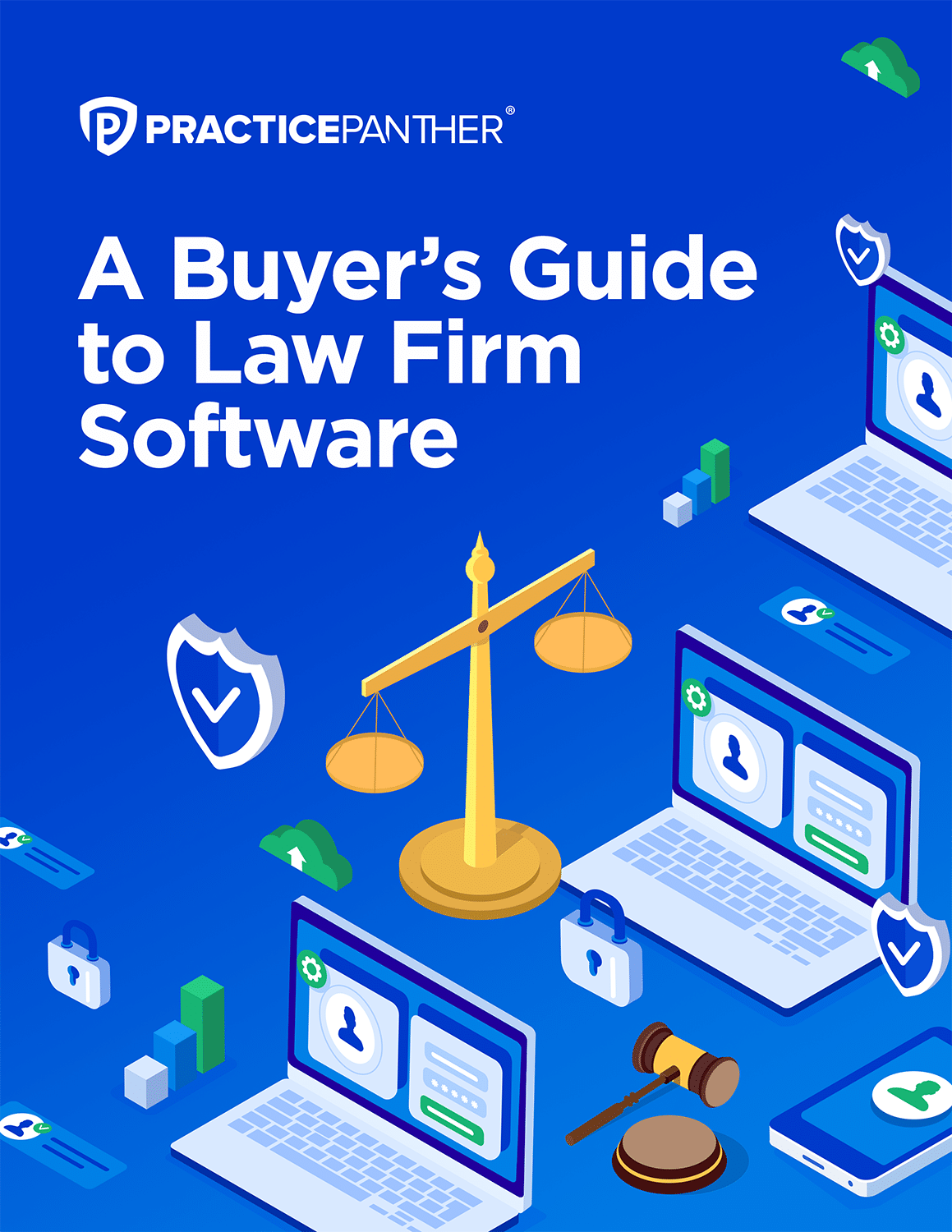 A literary artist works for years to create his or her masterpiece. A photographer spends thousands of dollars on training, equipment, and supplies that one day culminates in that one perfect shot. A musician bypasses the 9-5 workday and gambles it all on creating hundreds of pieces of music leading up to his grand opus.
A literary artist works for years to create his or her masterpiece. A photographer spends thousands of dollars on training, equipment, and supplies that one day culminates in that one perfect shot. A musician bypasses the 9-5 workday and gambles it all on creating hundreds of pieces of music leading up to his grand opus.
There is no question that the work is protected in the real world, but are their works protected against copyright infringement on the Internet?
Lines of ownership and propriety have been so blurred on the Internet in recent years that it’s almost come to pass as a free-for-all. Like that tune? Download it. Wouldn’t that photograph make a nice desktop wallpaper? Download it. And that cool story from that crazy author makes for nice listening on a long plane ride or road trip? Download it. From trivialities like facetious memes to serious battles over highly anticipated leaked manuscripts, the Internet has become the breeding ground for blurred lines when it comes to ownership.
Copyright law protects all of the above, even in the laissez-faire society of the Internet. According to the U.S. Copyright Office, the law protects original works such as “literary, dramatic, musical, and artistic works, such as poetry, novels, movies, songs, computer software, and architecture” in both their physical and e-forms.
A work is copyrighted from the moment of its creation. In the United States, an artist can (and, for safety purposes, should) register his or her work to prevent it from falling into dishonest hands. To collect statutory damages and attorney fees, in fact, the work must be registered with the U.S. Copyright Office. But how do you prove that you created the work of art?
The trick is that you’ve got to catch thieves at it, beating them at their own game in the bricks-and-mortar world, which is difficult enough. Catching them at copyright infringement in the virtual world has been next to impossible before now.
Blockchain technology meets copyright protection
Enter the technology of blockchain, which has actually been in existence for nearly ten years. Blockchain, or distributed ledger technology, is the underlying force behind bitcoin. It is decentralized so that transactions are recorded across millions of computers and hard drives or nodes. Each block of data is linked to a previous block of data or chained together. The transaction is synchronized and all nodes reflect the updated data as it occurs. Once a transaction is validated, the transaction or asset is theoretically immutable.
Generally, blockchain technology has been used in the finance world, but there are many possibilities, including helping creators protect their copyrights by establishing an immutable database of dates of registration, provenance, and contact information. This makes it easy for legitimate entities to find the author of a piece and transmit remuneration. It is also possible to check who has been downloading the work. The existence of evidence of usage allows creators to involve courts of law in the attempt to receive payment for the consumption of their work.
Today, there are several companies using blockchain technology to register and protect copyrights, including Binded, Pixsy, TinEye, Ascribe, Mediachain and Proof of Existence. Through these media, individuals are enabled to not only find this artwork but also use and trade work in a manner that does not infringe upon the rights of the creators. So long as the members of the blockchain are strong and the data in question is distributed amongst the chain, the information contained by the blockchain is designed to be durable, have longevity, and to be a highly dependable source.
Conclusion
There are infinite possibilities for creators and artists or any caliber with respect to the future of blockchain technology. By employing a system that links the data associated with their work to other pieces of information from its inception, artists using blockchain can potentially protect their intellectual property from cyber theft. While there is still much to be explored with regard to this potentially revolutionary system, there is no question that it has the potential to revolutionalize the state of copyright law as we know it.




